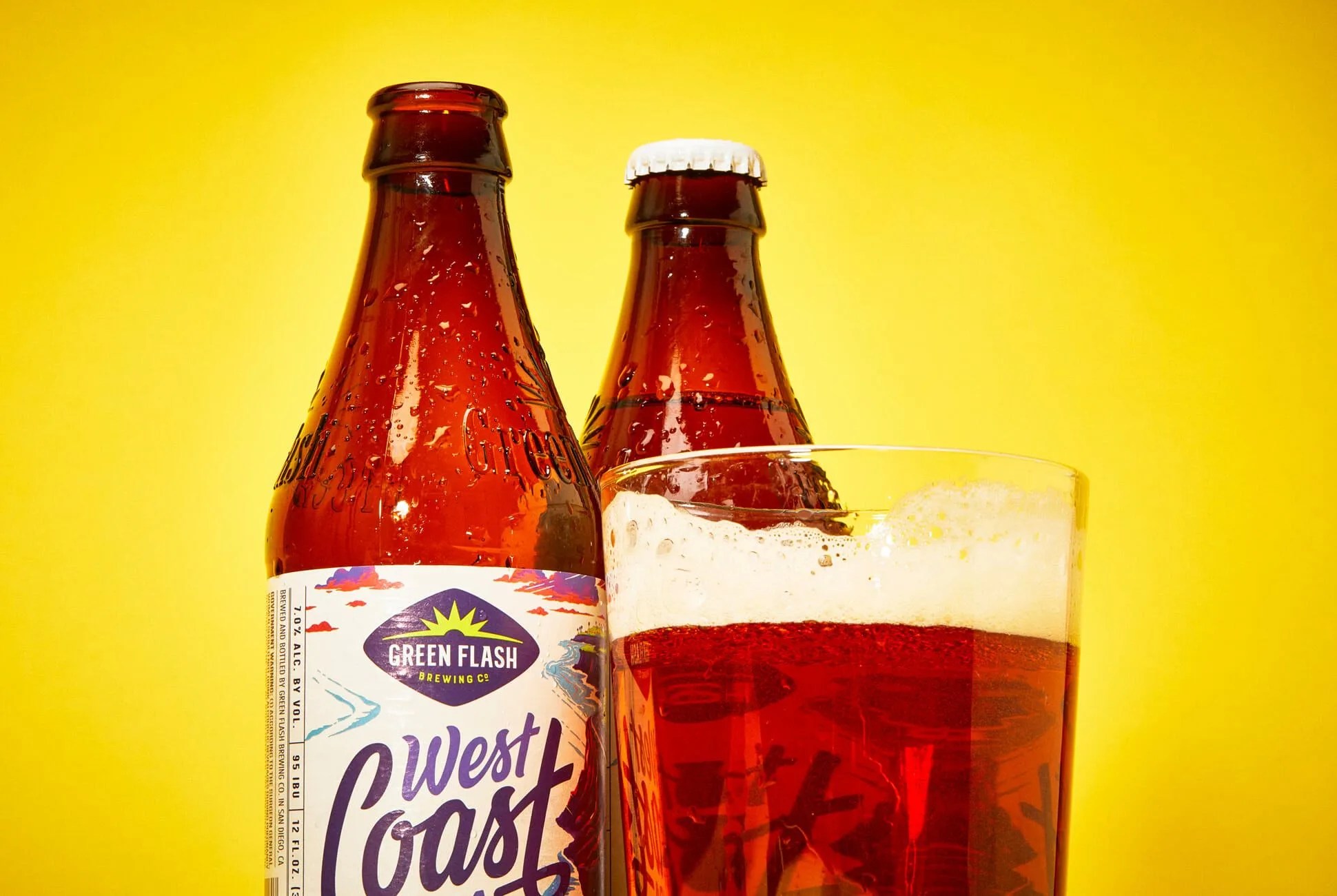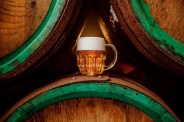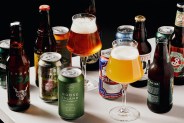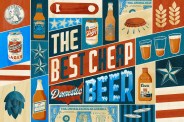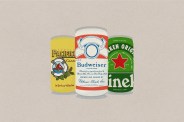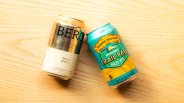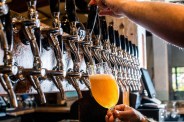Craft beer drinkers have a short memory, so perhaps only a handful would remember when the West Coast-style IPA ruled America.
The style — known for its pale, bright appearance, high bitterness and strong hop aroma — had a modest upbringing, born from the increasingly hoppy pale ales of the late ‘70s and early ‘80s. Then, spurred by friendly rivalries among San Diego breweries during the mid-2000s (Green Flash Brewing Co., Stone Brewing Co., Ballast Point Brewing Company), it grew into a brewing tradition that ushered American beer onto the world’s stage.
Shame, then, that few beer drinkers even noticed it dying.
Peaks and valleys
When Green Flash’s flagship beer, West Coast IPA, first debuted in 2005, there were 102 entries in the American-style IPA category at the Great American Beer Festival (GABF) competition, the “big dance” of American brewing. In 2015, this number grew to a record-breaking 336.
But just a few short years later, in 2018, entries for the American-style IPA actually shrank, while the festival’s newest category, the Juicy or Hazy India Pale Ale (also referred to as New England-style IPA or Northeast IPA) garnered 391 entries. (In 2023, the number of West Coast IPA entries was 301 — more than 20 percent less than East Coast IPA entries.)
So how was America’s favorite beer unseated?
